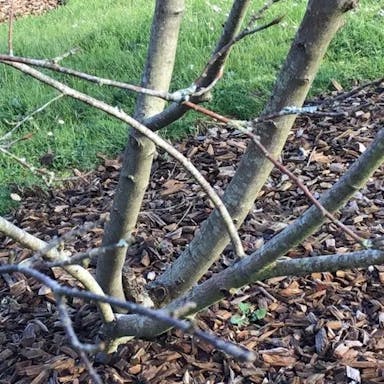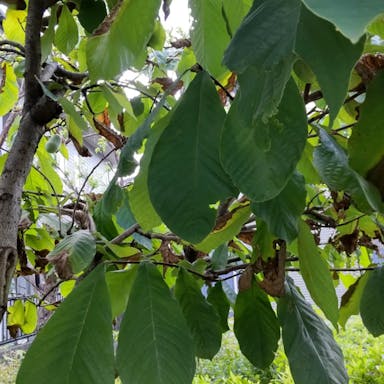Tick tree, a plant known for its unique appearance and medicinal properties, thrives best when potted. To pot a Tick tree, choose a container with good drainage, fill it with well-draining soil, and plant the tree at the same depth as it was in its previous container. Water the plant thoroughly after potting to help establish its roots.
Pruning may be necessary to maintain its shape and size for the Tick tree. Providing it with sufficient sunlight, regular watering, and occasional fertilization promotes healthy growth.
When repotting the Tick tree, select a slightly larger pot to accommodate its growing roots, gently remove the plant from its current container, and place it in the new pot with fresh soil. Ensure the plant is watered well after repotting to reduce transplant shock.












